Lessons from the legendary punk rock and hip-hop photographer


Janette Beckman, NYC, 2021. Photography by Gudrun Georges.
Janette Beckman, NYC, 2021. Photography by Gudrun Georges.
In 1983, after working with The Police and The Clash, punk rock photographer Janette Beckman moved to New York City from Britain to document the unfolding hip-hop scene, photographing soon-to-be icons like Public Enemy, Salt-N-Pepa and N.W.A. for music magazines like The Face and Melody Maker.
Following Janette’s presentation at Art & Activism: Celebrating the Art & Design of Hip-Hop, I had the pleasure of asking her a few questions on behalf of SVACE about her life as a photographer and her new Continuing Education course, Documentary Portrait Photography: Portrait of New York City.
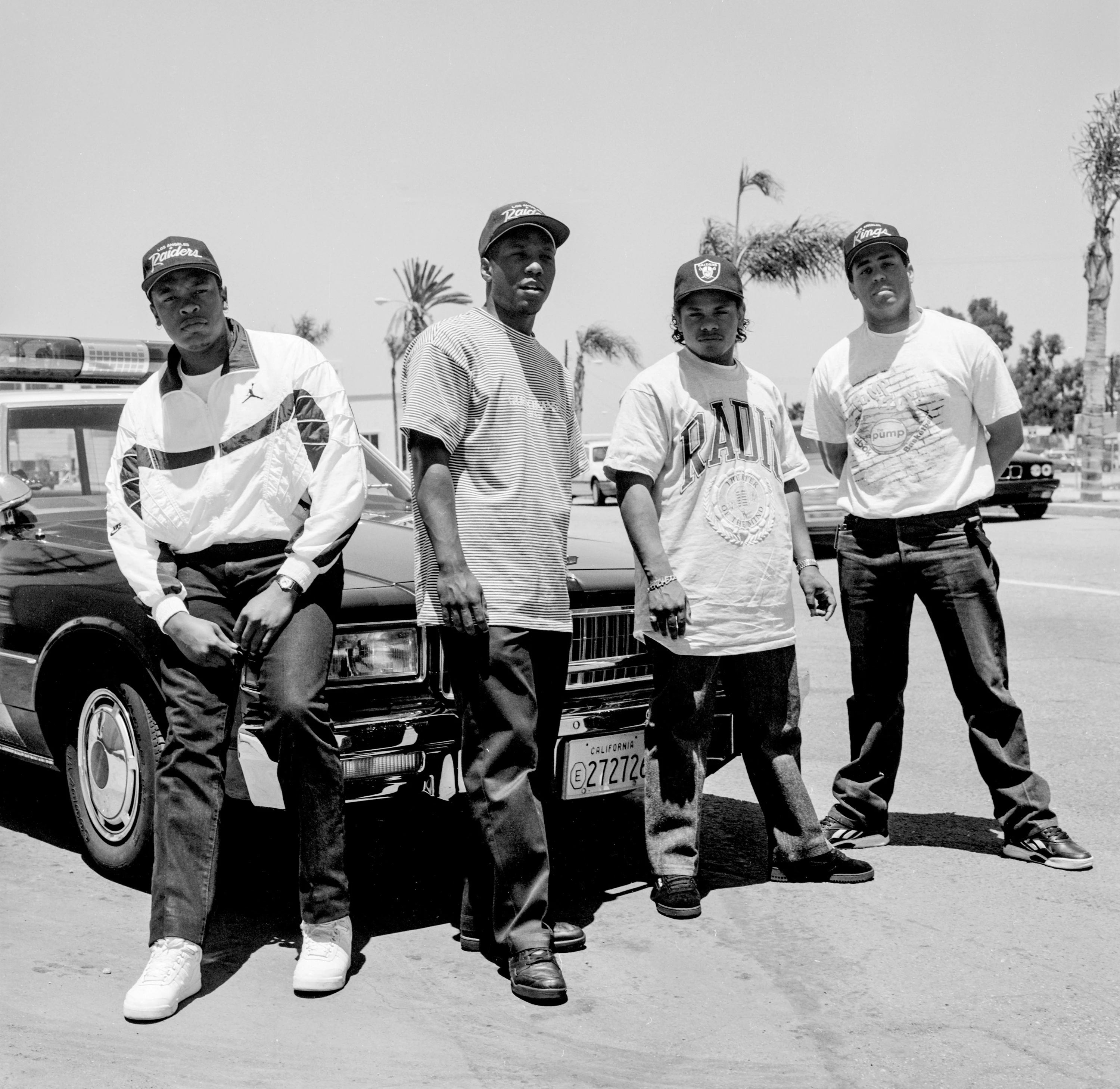

N.W.A, Torrance, Los Angeles, 1990.
N.W.A, Torrance, Los Angeles, 1990.
What’s your earliest memory of taking photos? How did you learn to take them?
My mom gave me Kodak Instamatic when I was a kid, a “point and shoot” with black and white film. I knew I wanted to be an artist from an early age. I was always drawing at home or in the art room at school. I went to a lot of museums like the National Portrait Gallery and tried to learn how to see.
How did you find your footing as a professional photographer in the music industry?
I went to college to study photography. When I came out, the punk movement was just beginning. I went to work for a weekly music newspaper called Melody Maker and was photographing two to three new punk bands every week. Bands like The Clash, Boy George, and The Specials were all happy to be featured in our weekly music paper to help sell their records.
A lot of the artists you’ve photographed were just starting their careers as musicians. How did you come to photograph artists like Salt-N-Pepa, The Police and Slick Rick, and what was your reaction to them becoming famous?
I was working for Melody Maker and taking my portfolio of photos to show art directors at record companies. One day I got a call from A&M Records asking if I wanted to photograph a new punk band called The Police. It was their first album and my first album cover. I bought a Hasselblad square format camera and we did the shoot in a tunnel in South London—no hair or makeup or stylist—just me, the band and the art director. The band became huge, and I shot two more covers for them.
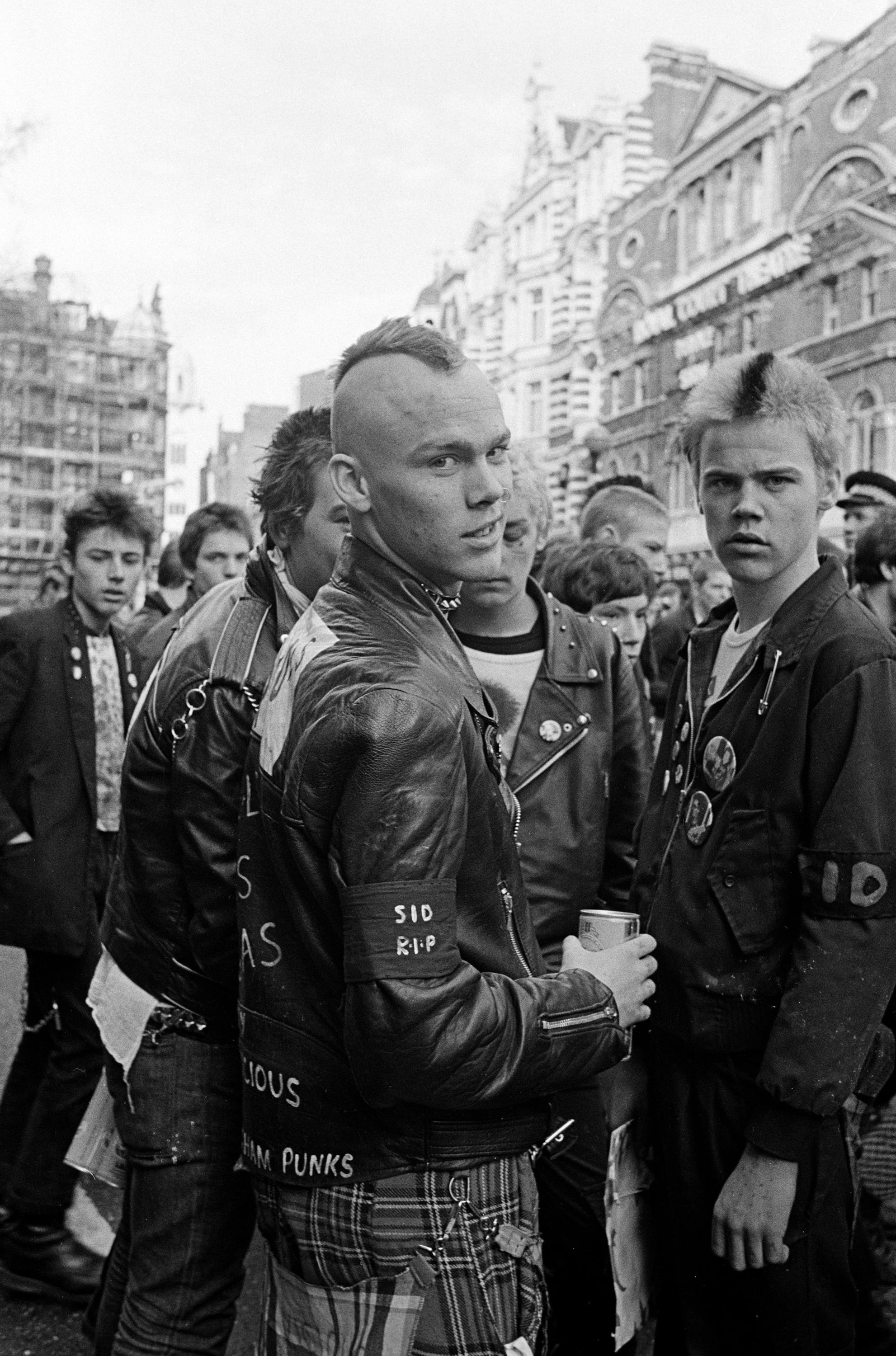

Punks, London, 1979.
Punks, London, 1979.
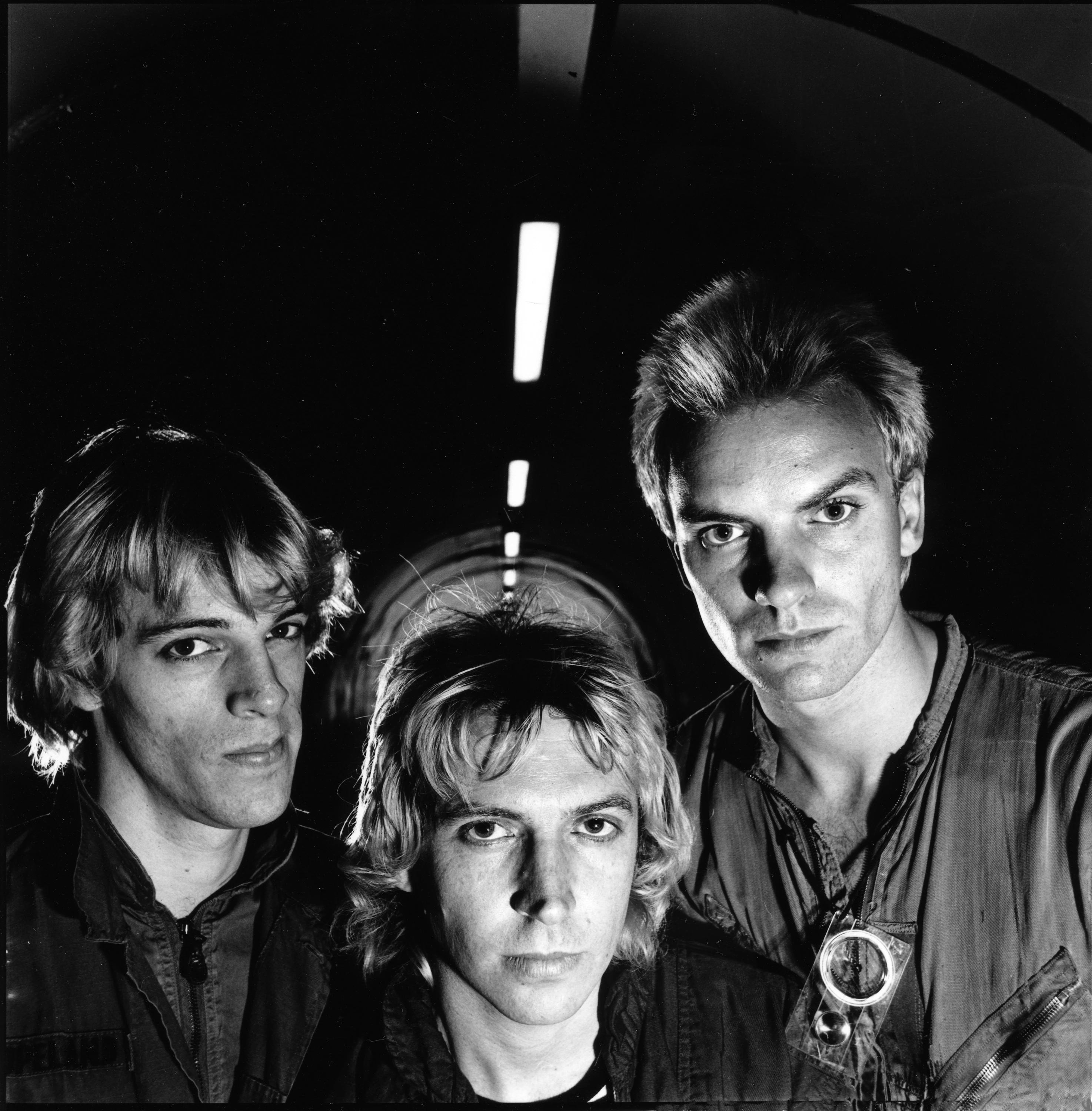
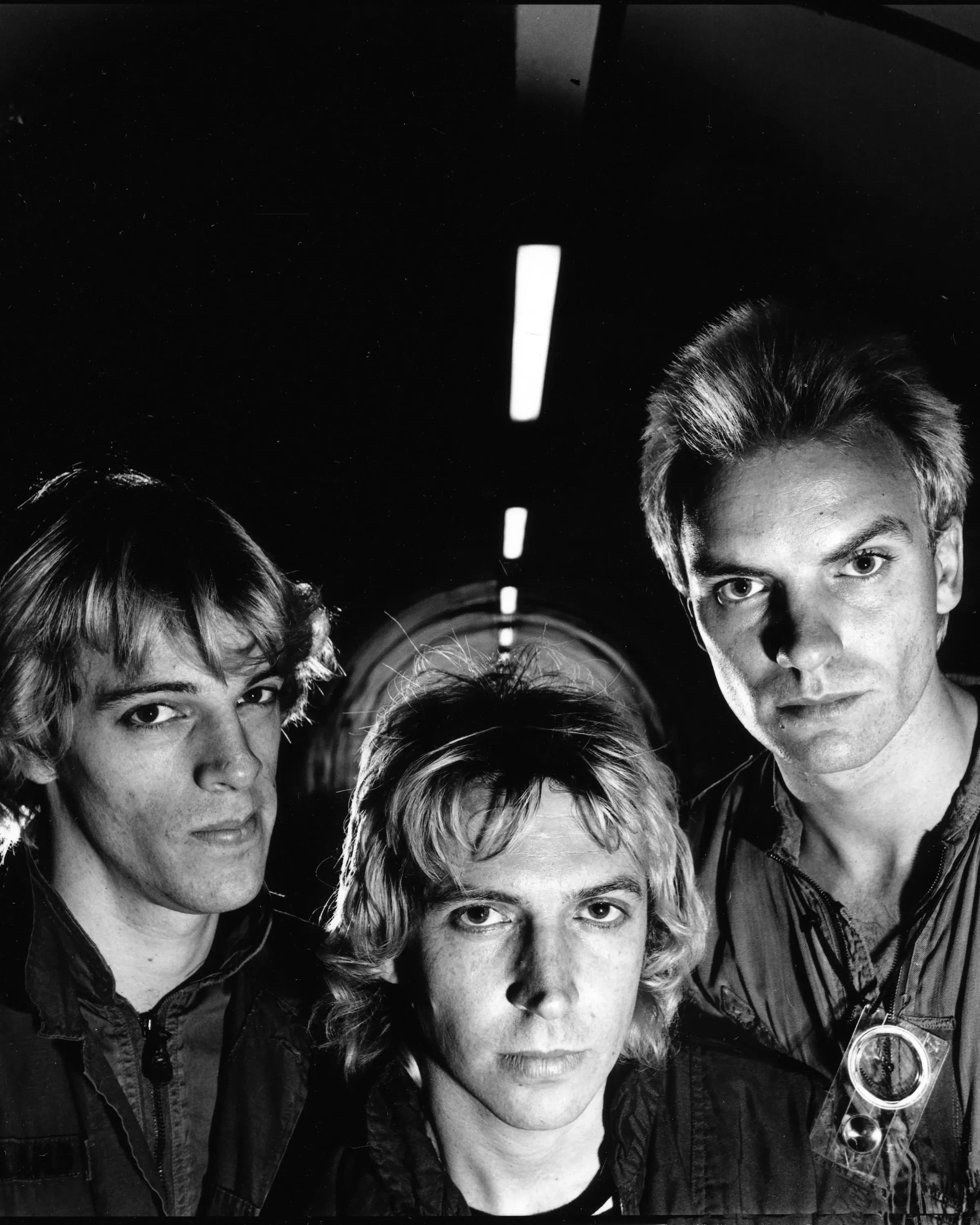
The Police, London, 1978.
The Police, London, 1978.
Moving to NYC, I was commissioned to photograph a new group called Salt-N-Pepa for a British teen magazine.They were working on their first record; we spent a hot summer day taking photos on the street in Alphabet City. They asked me if I would like to be their photographer for their upcoming album. After that, I started working for their record label photographing all their new artists. My photograph of Slick Rick was commissioned by a then small record label called Def Jam for press. It has since become an iconic hip-hop photo. Most of the artists that I photographed were really at the start of their careers, it was exciting to see my photos used on album covers and billboards.

At this stage in your career, how do you decide what to work on and who to work with?
I think creative directors and artists come to me for my “authentic” style. I am curious and have worked on many projects because they interest me, from rodeos, a Harlem dirt bike gang, protests, street portraits, and music projects like the Amazon series Women Who Rock, photographing artists like Chaka Khan, St. Vincent and Mavis Staples.
What techniques do you employ most often to capture the essence of the people you photograph?
I think making a good portrait is a collaboration between me and the subject. Kindness and respect are important, you have to gain the subject’s trust and start a conversation that will lead to understanding who the person is.
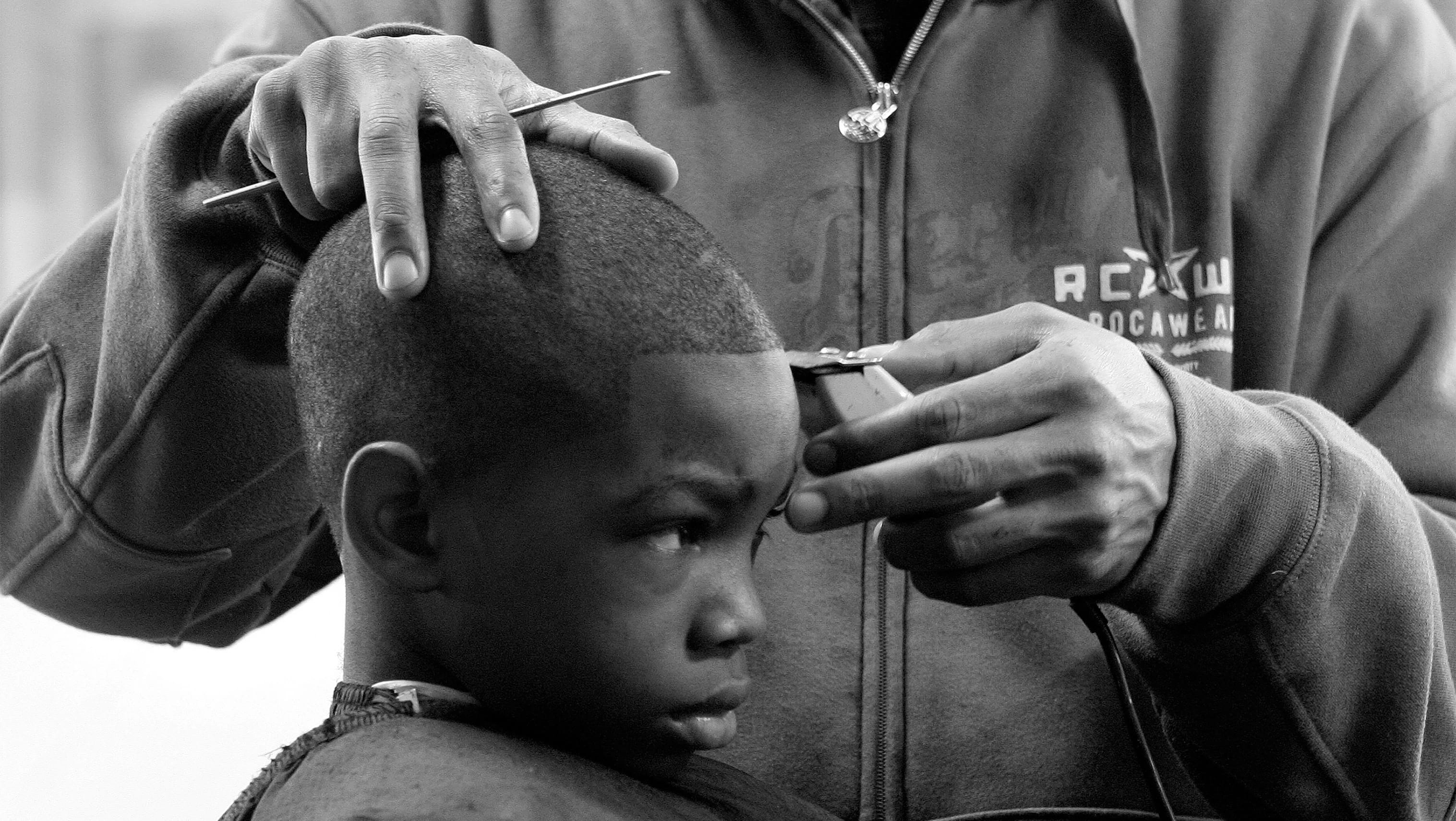
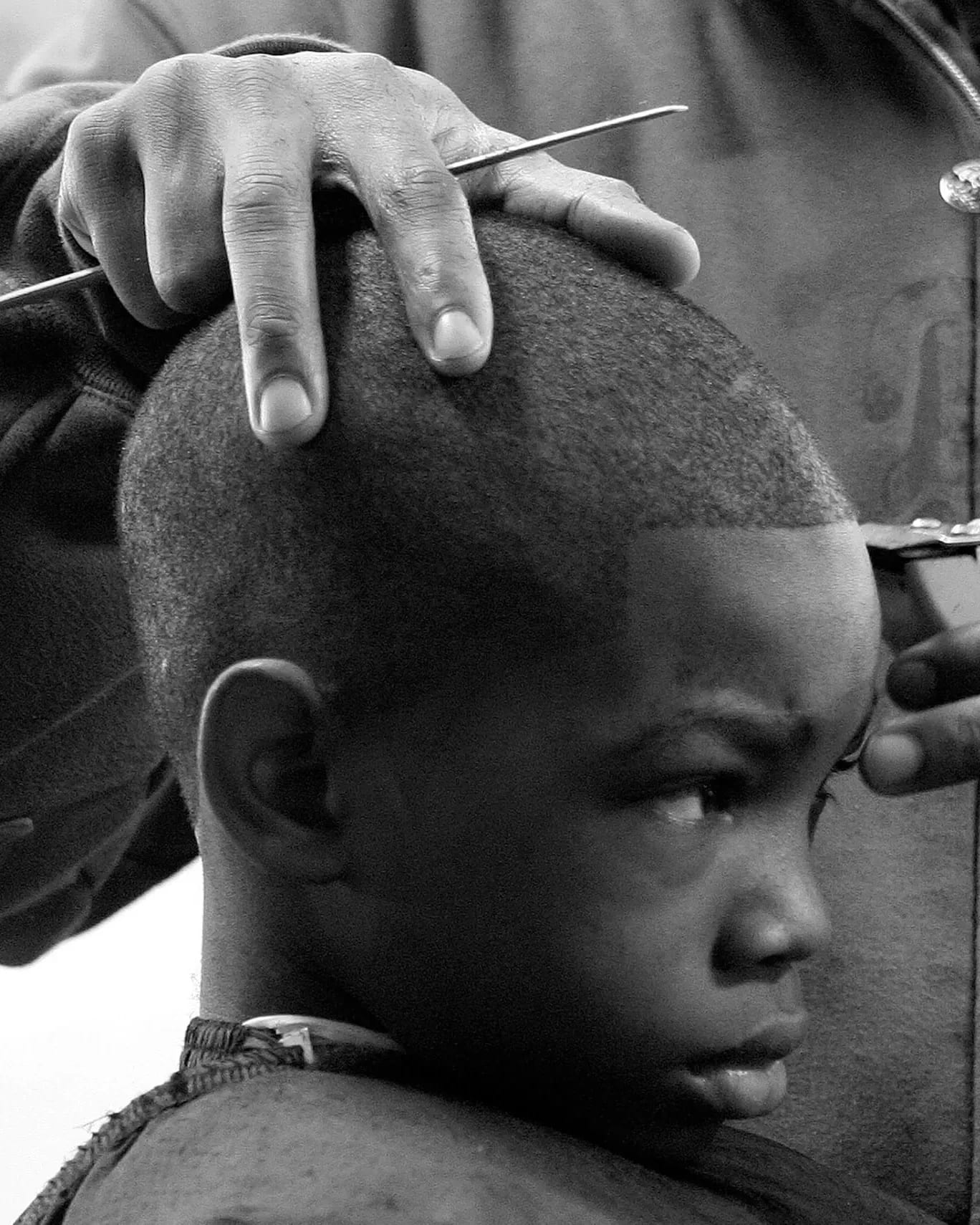
Barber.
Barber.

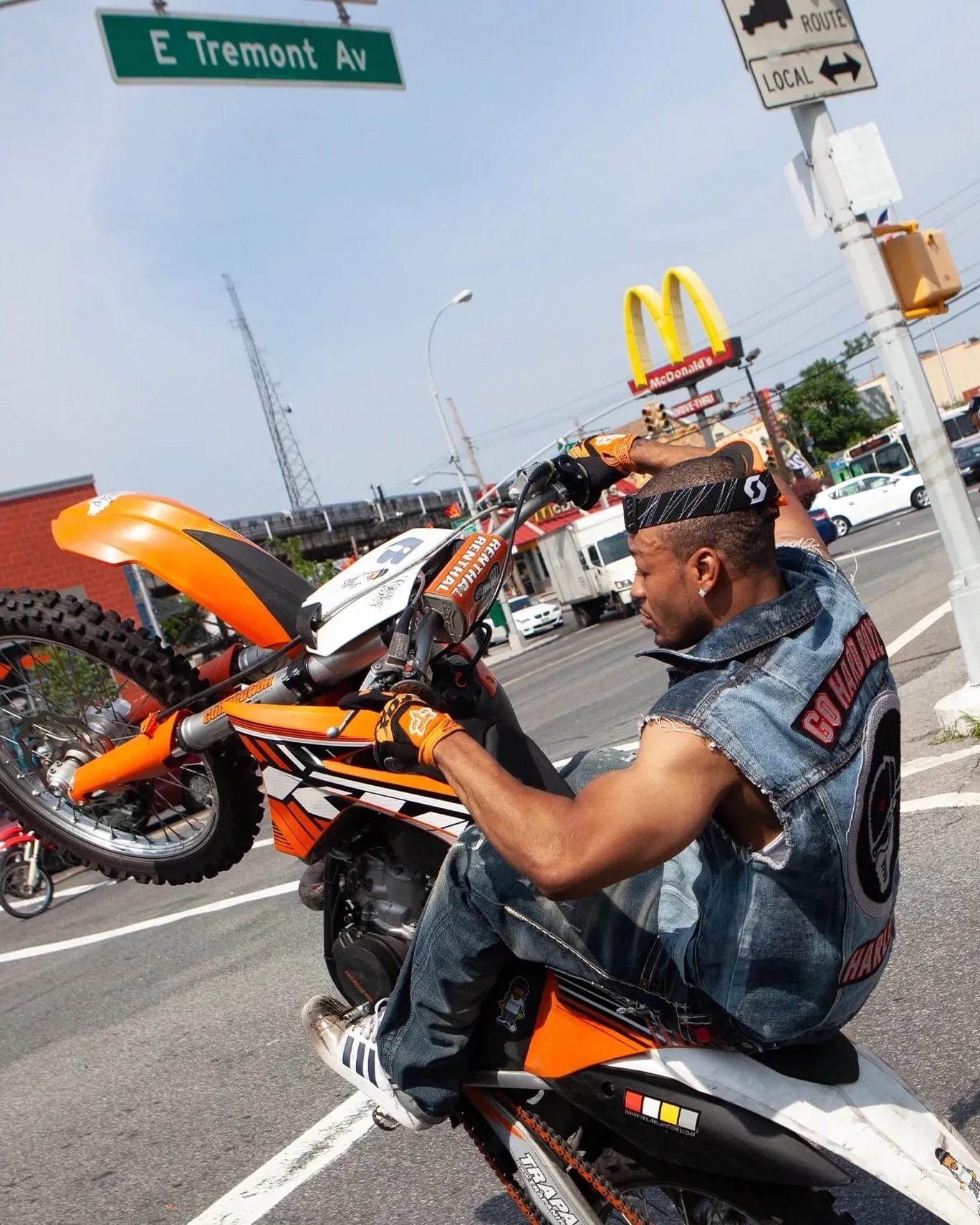
Dirt Biker, Bronx.
Dirt Biker, Bronx.
Tell us more about your course Documentary Portrait Photography: Portrait of New York City. I understand that students are meeting you at different locations throughout the five boroughs. How does the course unfold over the semester?
The course will aim to have students document NYC to tell the story of it’s people, cultures and neighborhoods. We will be exploring a different neighborhood each week, from Chinatown to Harlem, Jackson Heights to Coney Island and the Lower East Side. Students will learn how to approach a subject on the street, how to take a portrait and capture a moment in time. As a final project, we will be collaborating, as a group, to produce a zine/newspaper that tells the story of NYC.

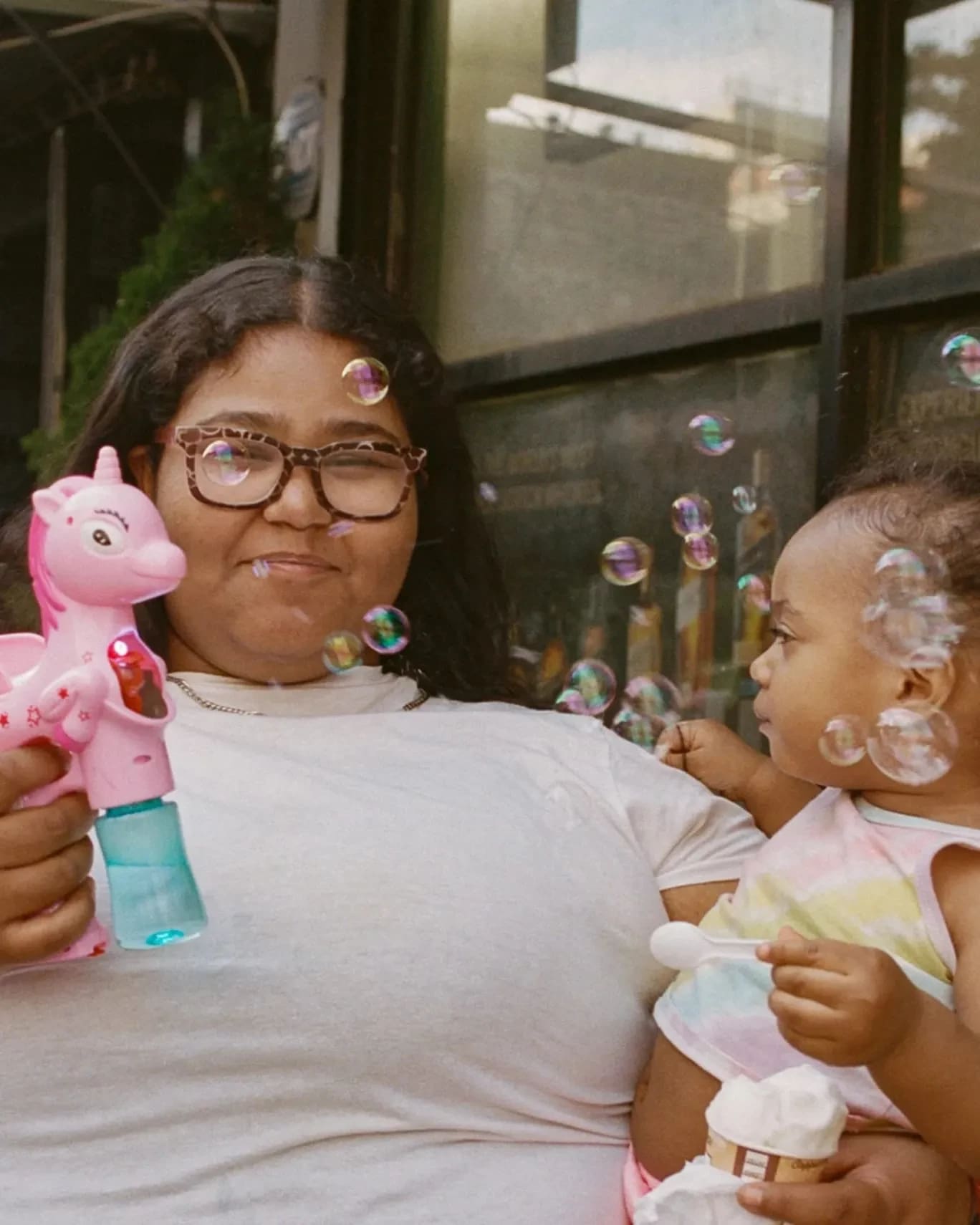
LES, NYC.
LES, NYC.

